Home>Gardening & Outdoor>Landscaping Ideas>Why Is Straw Put Over Grass Seed
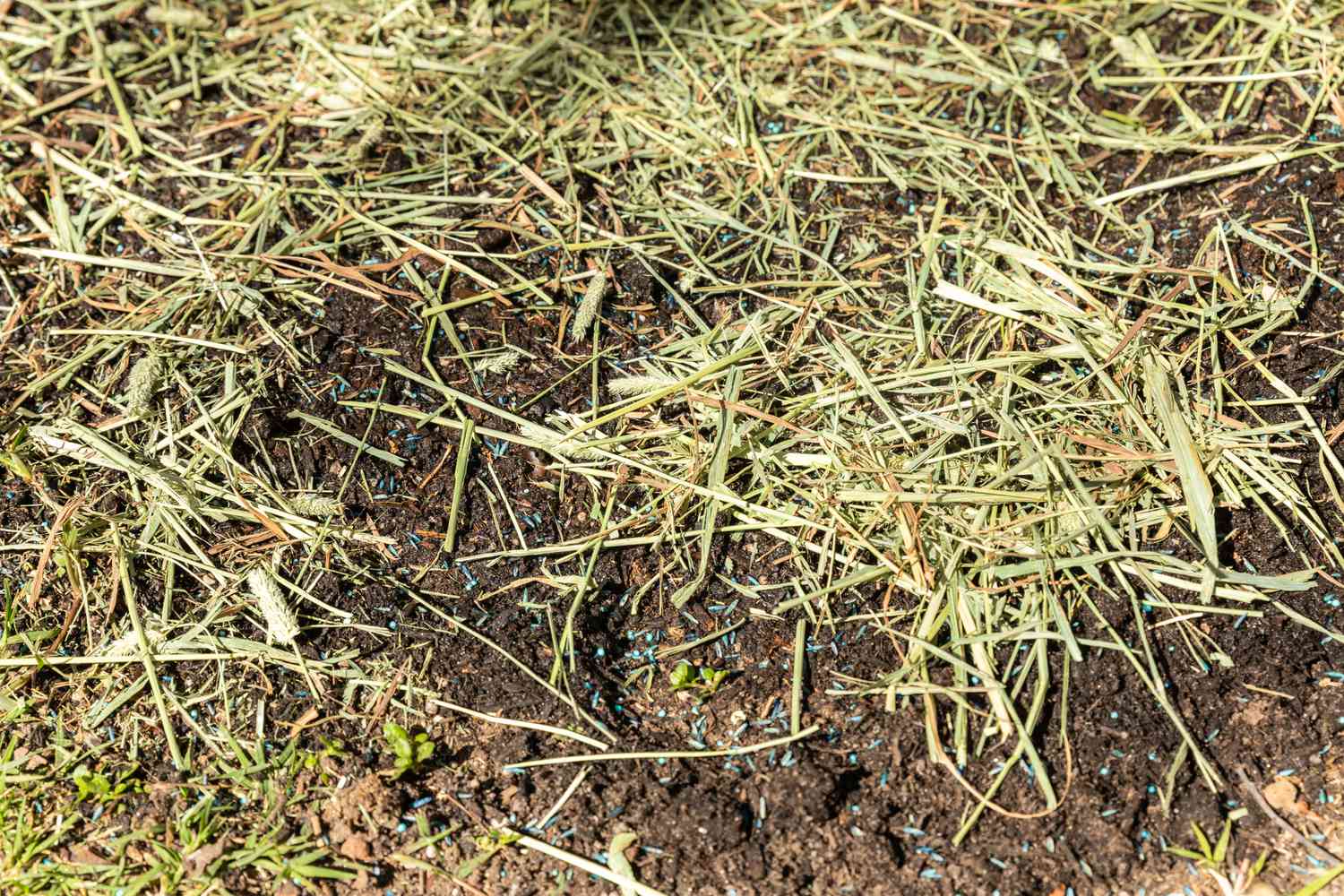

Landscaping Ideas
Why Is Straw Put Over Grass Seed
Modified: March 21, 2024
Discover the benefits of using straw over grass seed in landscaping. Learn how this simple technique can improve your lawn's growth and health. Explore more landscaping ideas.
(Many of the links in this article redirect to a specific reviewed product. Your purchase of these products through affiliate links helps to generate commission for Storables.com, at no extra cost. Learn more)
Introduction
When it comes to nurturing a lush and vibrant lawn, the process of planting grass seed is just the beginning. To ensure the successful germination and growth of new grass, it’s common practice to cover the seeded area with straw. This seemingly simple step plays a crucial role in fostering the ideal conditions for grass seed to take root and thrive. In this article, we’ll delve into the reasons behind the widespread practice of placing straw over grass seed, shedding light on the purpose and benefits of this age-old technique.
As we explore the multifaceted advantages of using straw in conjunction with grass seed, you’ll gain a deeper understanding of how this method contributes to the overall health and resilience of newly planted grass. From erosion control and moisture retention to temperature regulation and weed suppression, the application of straw serves as a protective shield, nurturing the delicate seeds and fostering their growth in a nurturing environment. Join us on this insightful journey to uncover the intricacies of why straw is put over grass seed, and how this simple yet powerful technique can make a world of difference in the quest for a thriving, verdant lawn.
Key Takeaways:
- Protecting grass seed with straw helps prevent erosion, retain moisture, regulate temperature, and control weeds, creating an ideal environment for healthy and resilient lawn growth.
- By covering grass seed with straw, we create a protective shield that nurtures the seeds, ensuring they have the best conditions to grow into a lush and vibrant lawn.
Read more: How Much Straw To Put Over Grass Seed
Purpose of Straw
Before delving into the specific benefits of placing straw over grass seed, it’s essential to understand the overarching purpose behind this practice. The primary goal of using straw in conjunction with grass seed is to create an optimal environment that facilitates successful germination and sustained growth. By strategically applying a layer of straw over freshly sown grass seed, several key objectives are achieved, each contributing to the overall health and resilience of the emerging turf.
As we unravel the purpose of straw in this context, it becomes evident that this humble material serves as a guardian, shielding the vulnerable grass seed from a myriad of potential threats while fostering the ideal conditions for robust growth. From erosion control and moisture retention to temperature regulation and weed suppression, the multifaceted purpose of straw transcends mere coverage, embodying a holistic approach to nurturing the nascent grass seedlings.
By comprehensively grasping the purpose of straw in the realm of grass seed planting, we can appreciate its role as a vital ally in the quest for a flourishing lawn. In the subsequent sections, we will delve into the specific benefits that stem from this overarching purpose, shedding light on the remarkable ways in which straw contributes to the success of grass seed germination and the establishment of a vibrant, resilient turf.
Protection from Erosion
One of the primary benefits of placing straw over grass seed is the protection it provides against soil erosion. When grass seed is sown directly onto the soil, it is susceptible to being displaced or washed away by natural elements such as wind and water. This can lead to uneven distribution of the seeds, hindering their ability to germinate uniformly and impeding the establishment of a consistent, healthy lawn.
By covering the freshly sown grass seed with a layer of straw, the soil is effectively shielded from the erosive forces of wind and water. The interlocking nature of straw creates a protective barrier that helps anchor the seeds in place, preventing them from being dislodged by external factors. This crucial safeguard ensures that the grass seed remains undisturbed, allowing for optimal germination and the development of a dense, uniform turf.
Furthermore, the presence of straw serves to mitigate the impact of heavy rainfall, which can lead to soil erosion and the displacement of grass seed. By absorbing and dispersing the kinetic energy of raindrops, the straw minimizes the disruptive effects of downpours, preserving the integrity of the seeded area and safeguarding the nascent grass from being washed away.
In essence, the protective role of straw in shielding grass seed from erosion is instrumental in creating a stable and conducive environment for successful germination and sustained growth. By mitigating the risk of soil displacement and maintaining the integrity of the seeded area, straw emerges as a crucial ally in fortifying the groundwork for a thriving and resilient lawn.
Moisture Retention
Another pivotal advantage of utilizing straw in conjunction with grass seed lies in its ability to enhance moisture retention within the soil. Adequate moisture is essential for the germination and establishment of grass seed, and the presence of straw plays a significant role in preserving the optimal level of hydration required for successful growth.
When straw is spread over the seeded area, it acts as a protective barrier that shields the soil from direct exposure to the elements. By doing so, it helps to reduce moisture evaporation, particularly during periods of intense sunlight and high temperatures. This protective function is especially beneficial in arid or semi-arid regions, where water conservation is crucial for nurturing newly sown grass seed.
Furthermore, the presence of straw facilitates more efficient water absorption by the soil, allowing moisture to permeate the earth and reach the underlying grass seed. This promotes a more uniform and consistent distribution of water, ensuring that the seeds receive the hydration necessary for robust germination and sustained growth.
Moreover, as the straw gradually decomposes, it contributes organic matter to the soil, enhancing its water retention capacity over time. This organic enrichment fosters a more hospitable environment for the developing grass roots, enabling them to access moisture more effectively and establish a resilient foundation within the soil.
By bolstering the soil’s ability to retain moisture and facilitating a more consistent and efficient distribution of water, the application of straw over grass seed serves as a vital mechanism for promoting optimal hydration and creating an environment conducive to successful germination and vigorous growth.
Tip: Straw is put over grass seed to protect it from birds, wind, and erosion. It also helps retain moisture and provides a barrier to keep the seed in place while it germinates.
Temperature Regulation
In addition to protecting the grass seed from erosion and enhancing moisture retention, the application of straw also plays a pivotal role in regulating soil temperature, creating a favorable environment for germination and sustained growth. The insulating properties of straw serve to buffer the soil against extreme temperature fluctuations, fostering a more stable and conducive climate for the burgeoning grass seedlings.
During hot and sunny periods, the layer of straw acts as a shield, providing shade and reducing the intensity of direct sunlight that reaches the soil surface. This mitigates the risk of overheating, which can impede the germination process and compromise the viability of the grass seed. By creating a cooler microclimate, the straw helps to maintain an optimal temperature range that supports the healthy development of the seeds.
Conversely, in cooler weather, the straw serves as a thermal blanket, insulating the soil and safeguarding it from excessive chilling. This protective function is particularly beneficial during the early stages of germination when the grass seedlings are most vulnerable to temperature fluctuations. By moderating the impact of cold weather, the straw contributes to a more stable and nurturing environment, promoting the robust establishment of the emerging turf.
Furthermore, the presence of straw can help prevent rapid freezing and thawing of the soil, which can be detrimental to the developing grass seedlings. By minimizing the disruptive effects of fluctuating temperatures, the straw fosters a more consistent and hospitable climate, providing the ideal conditions for the successful germination and sustained growth of the grass seed.
Through its role in regulating soil temperature and creating a more stable microclimate, straw emerges as a crucial ally in nurturing newly sown grass seed, ensuring that the emerging turf is shielded from the adverse effects of extreme temperature variations and provided with the optimal conditions for robust and resilient growth.
Read more: Why To Put Straw On Grass Seed
Weed Control
Another significant benefit of using straw in conjunction with grass seed is its role in weed control. Unwanted weeds pose a persistent threat to the successful establishment of newly sown grass, competing for essential resources such as sunlight, water, and nutrients. By covering the seeded area with a layer of straw, an effective barrier is created, inhibiting the germination and proliferation of weed seeds and minimizing their encroachment on the emerging grass.
The dense and uniform coverage provided by the straw impedes the access of light to the soil, creating a shaded environment that discourages the germination of weed seeds. This shading effect serves as a natural deterrent, hindering the growth of weeds and reducing the need for chemical interventions to manage weed infestations.
Furthermore, the physical presence of the straw acts as a barrier that impedes the spread of airborne weed seeds, preventing them from reaching the soil and taking root. This proactive measure significantly reduces the influx of weed seeds into the seeded area, minimizing the potential for weed encroachment and facilitating the unhindered growth of the grass seedlings.
Moreover, as the straw gradually decomposes, it enriches the soil with organic matter, promoting the development of a healthier and more robust turf while simultaneously inhibiting the growth of weeds. The organic enrichment fosters a more favorable environment for the emerging grass, enhancing its resilience and competitiveness against weed incursions.
By serving as a natural deterrent to weed growth and minimizing the need for chemical weed control methods, the application of straw over grass seed contributes to the creation of a more sustainable and environmentally friendly approach to nurturing a vibrant and resilient lawn.
Conclusion
The practice of placing straw over grass seed is far from a mere tradition; it is a time-honored technique that embodies a multifaceted approach to nurturing the successful germination and sustained growth of newly sown grass. From protecting the vulnerable seeds from erosion and creating a stable microclimate to enhancing moisture retention and serving as a natural deterrent to weed encroachment, the benefits of using straw are as diverse as they are impactful.
By understanding the purpose and advantages of straw in this context, we gain a profound appreciation for its pivotal role in fortifying the groundwork for a thriving and resilient lawn. The protective function of straw shields the delicate grass seedlings from the erosive forces of wind and water, providing a stable foundation for uniform germination and robust growth. Simultaneously, its insulating properties regulate soil temperature, creating an optimal climate for the burgeoning grass to flourish.
Furthermore, the moisture retention facilitated by straw ensures that the seeds receive the essential hydration required for their development, while its role in weed control minimizes the encroachment of unwanted vegetation, fostering an environment conducive to the unhindered growth of the grass seedlings.
In essence, the application of straw over grass seed represents a holistic and sustainable approach to lawn establishment, embodying a harmonious synergy between natural materials and the nurturing of new life. By leveraging the protective, insulating, and enriching properties of straw, we cultivate an environment that is not only conducive to the successful germination and growth of grass but also embodies a balanced and eco-conscious ethos.
As we reflect on the purpose and benefits of using straw over grass seed, it becomes evident that this seemingly simple practice holds profound implications for the health, resilience, and sustainability of our lawns. It stands as a testament to the enduring wisdom of harmonizing with nature to foster vibrant and thriving landscapes, embodying the time-honored adage that sometimes, the simplest of methods yield the most remarkable results.
After learning why straw benefits grass seeds so well, you might wonder how long until you see those green sprouts poking through. Understanding the timing of seed germination can help you plan your gardening tasks more efficiently and ensure that your lawn remains lush and vibrant. Don’t miss our detailed guide on this subject, which will help you master the waiting game and provide your new grass with the best start possible.
Frequently Asked Questions about Why Is Straw Put Over Grass Seed
Was this page helpful?
At Storables.com, we guarantee accurate and reliable information. Our content, validated by Expert Board Contributors, is crafted following stringent Editorial Policies. We're committed to providing you with well-researched, expert-backed insights for all your informational needs.
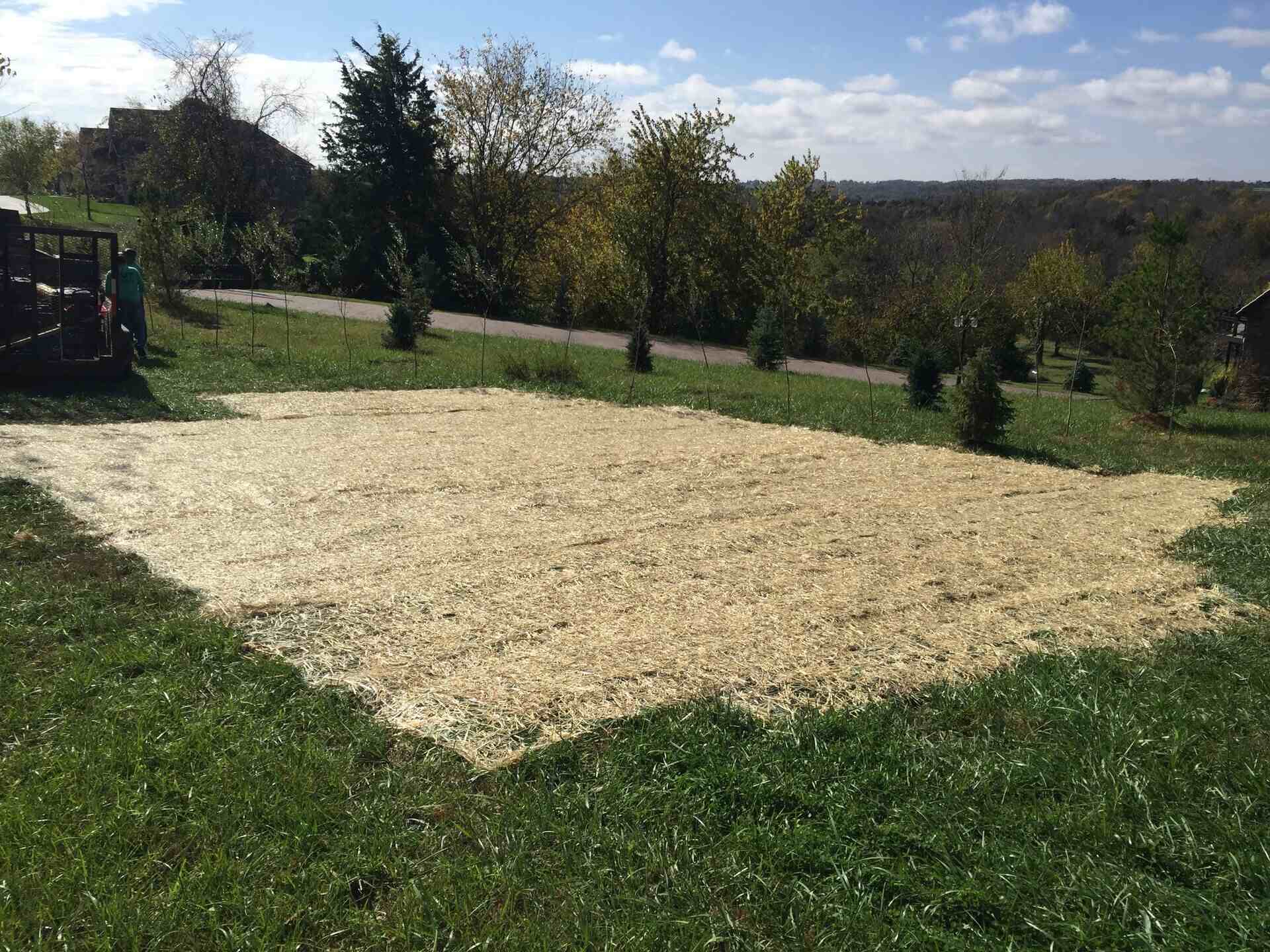
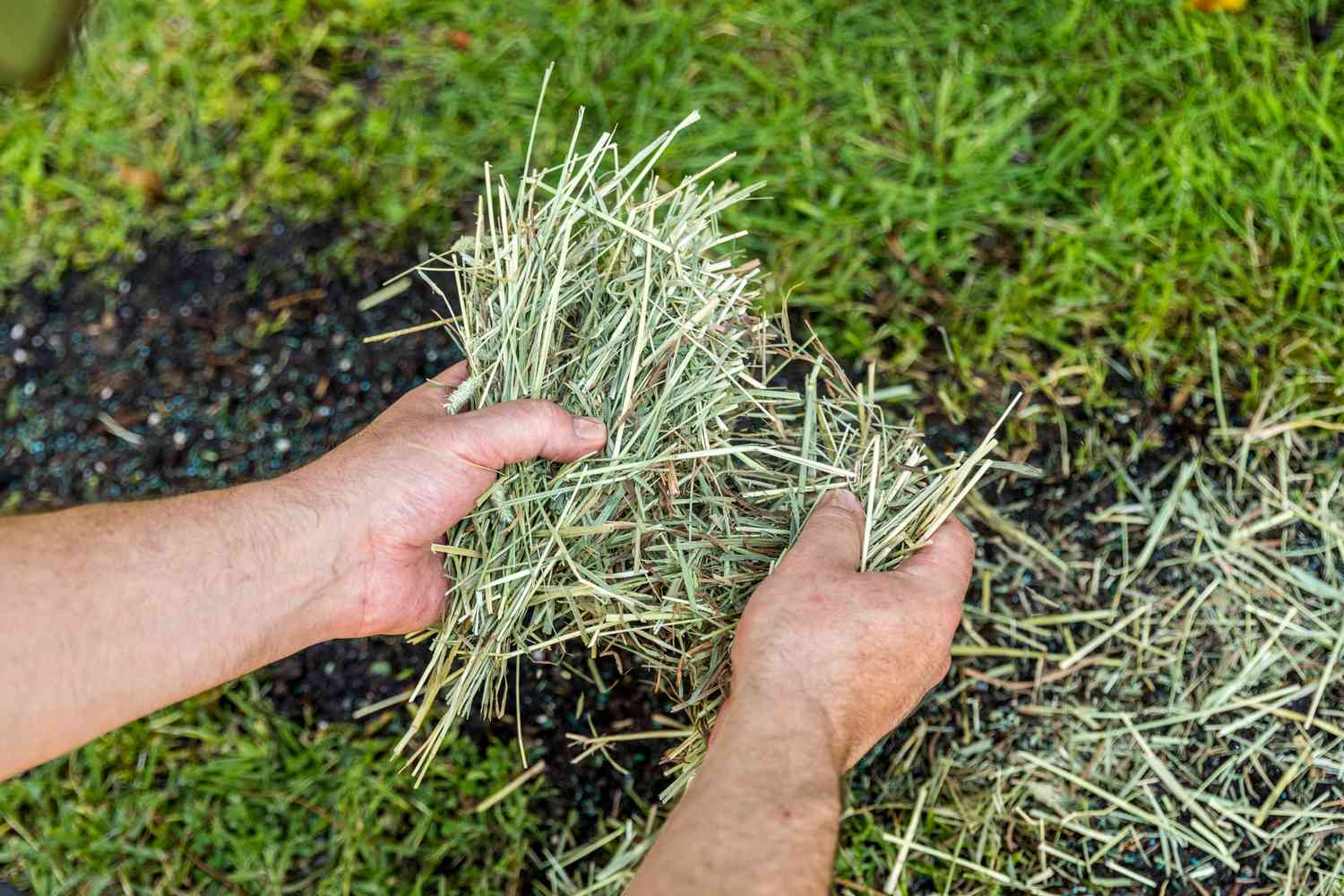
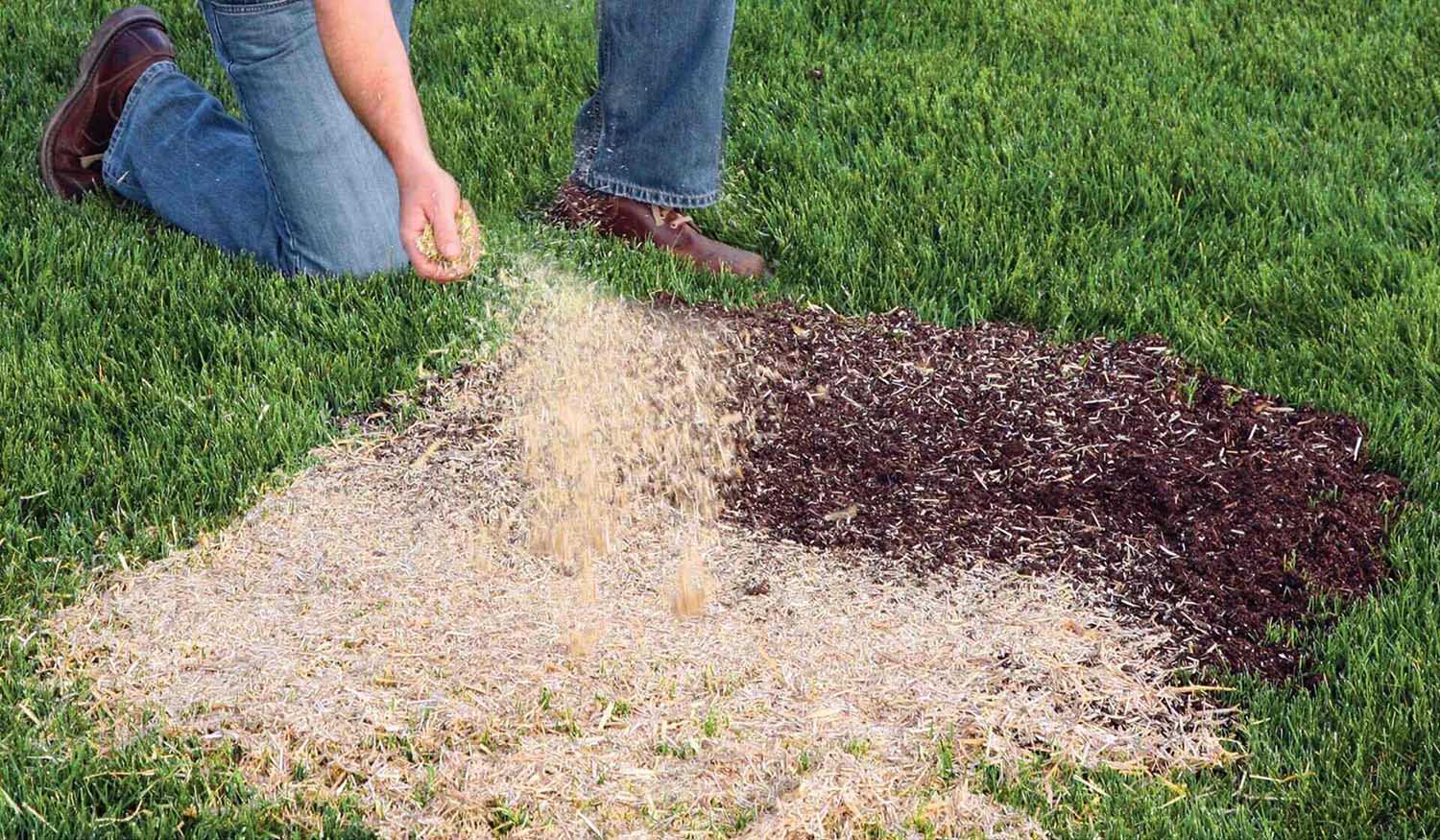
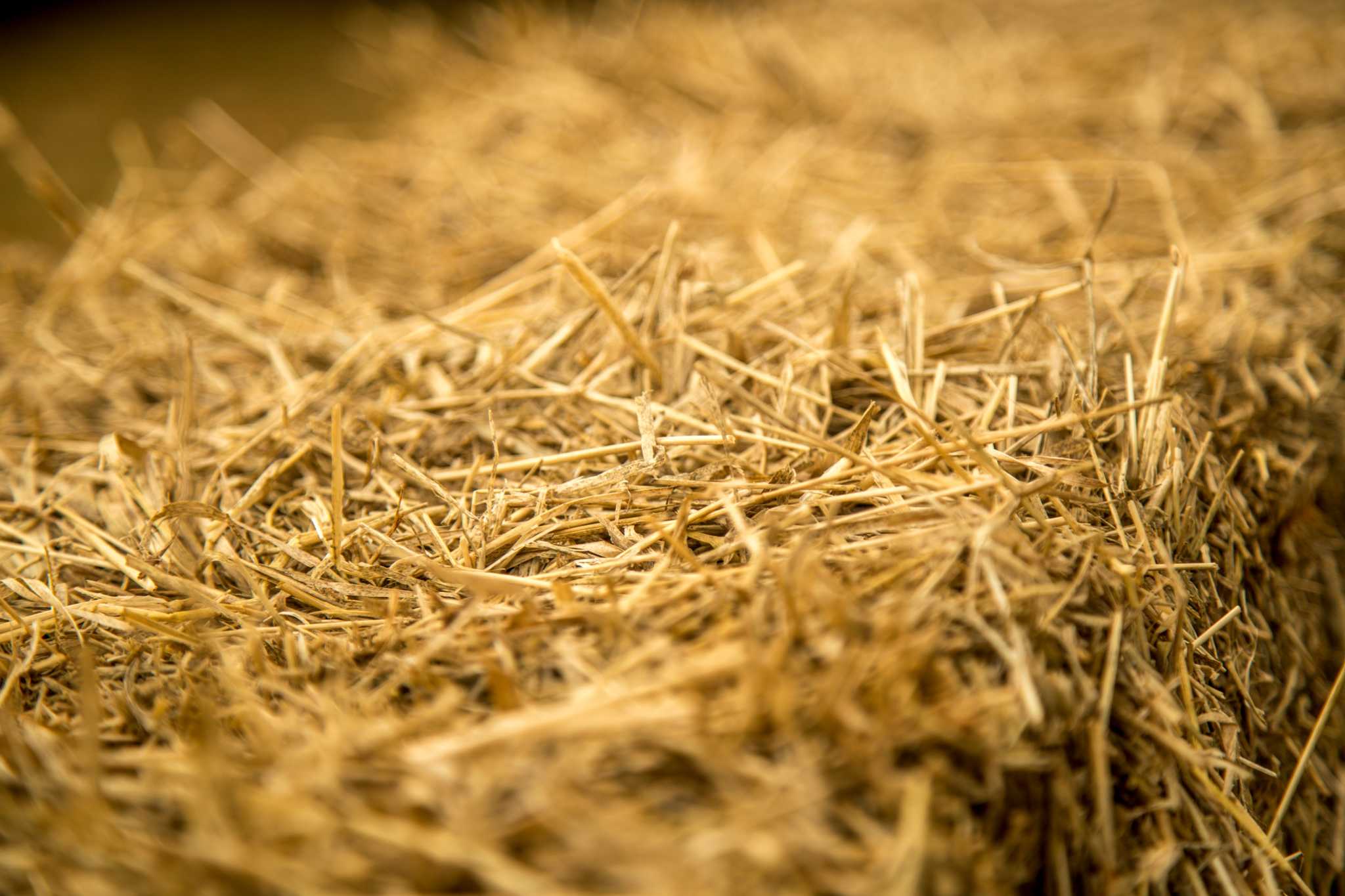
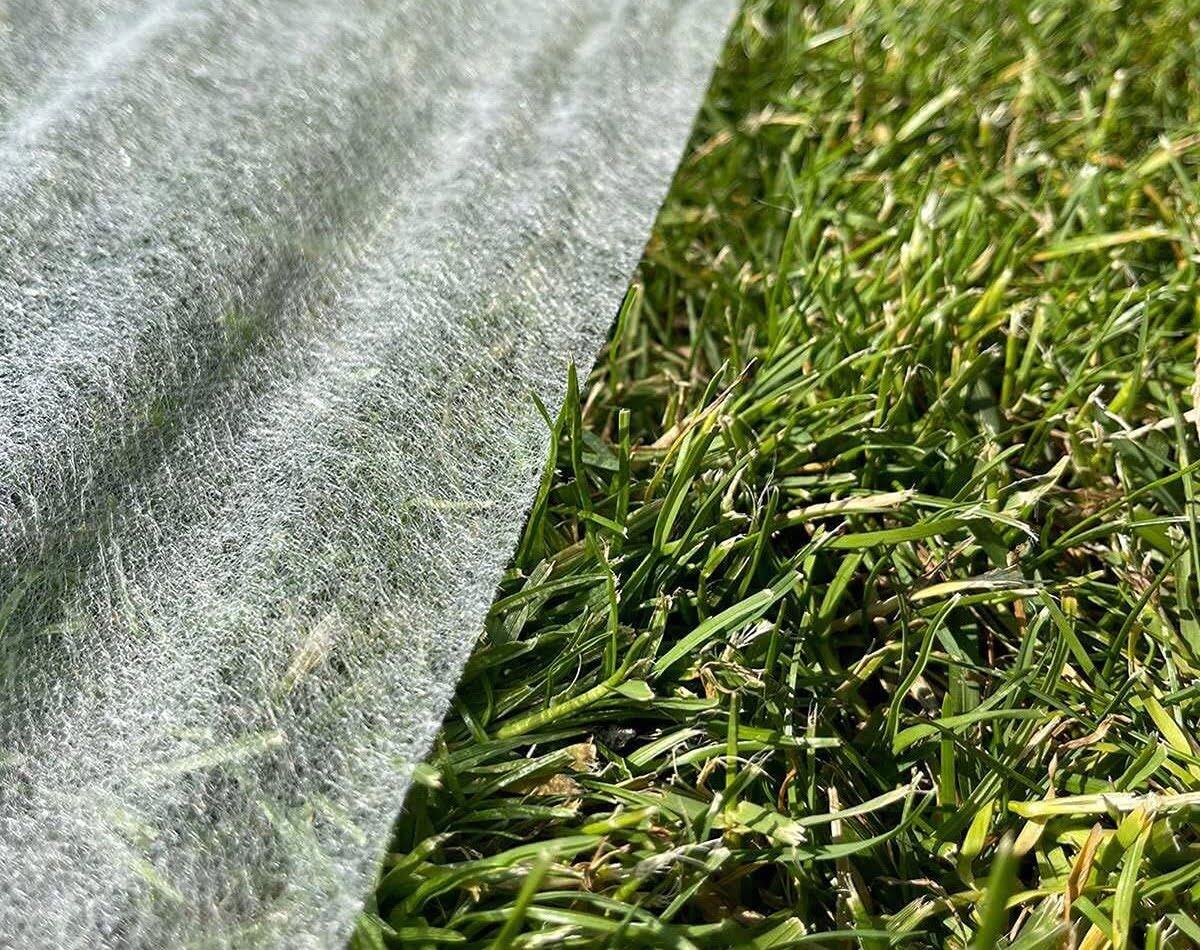
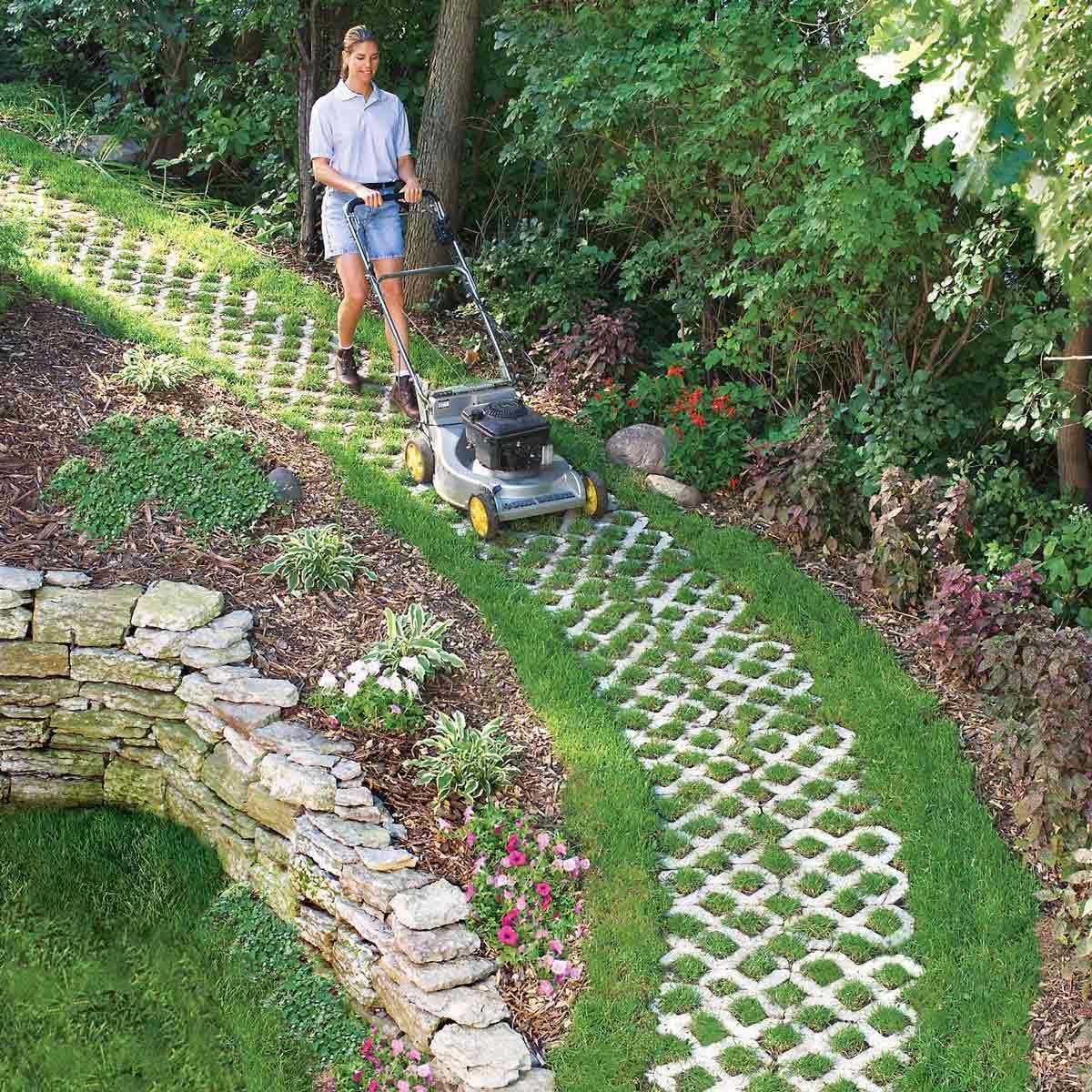
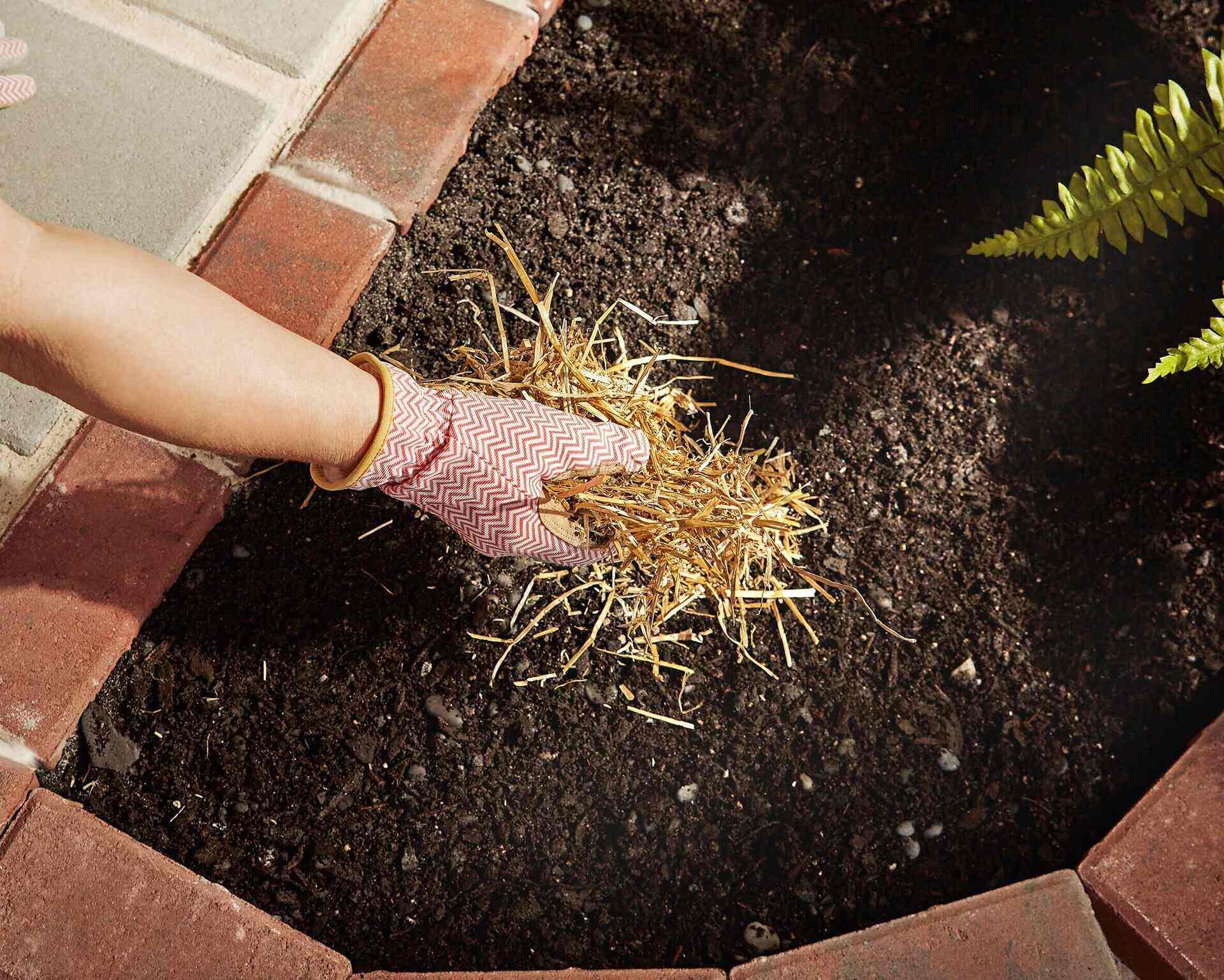
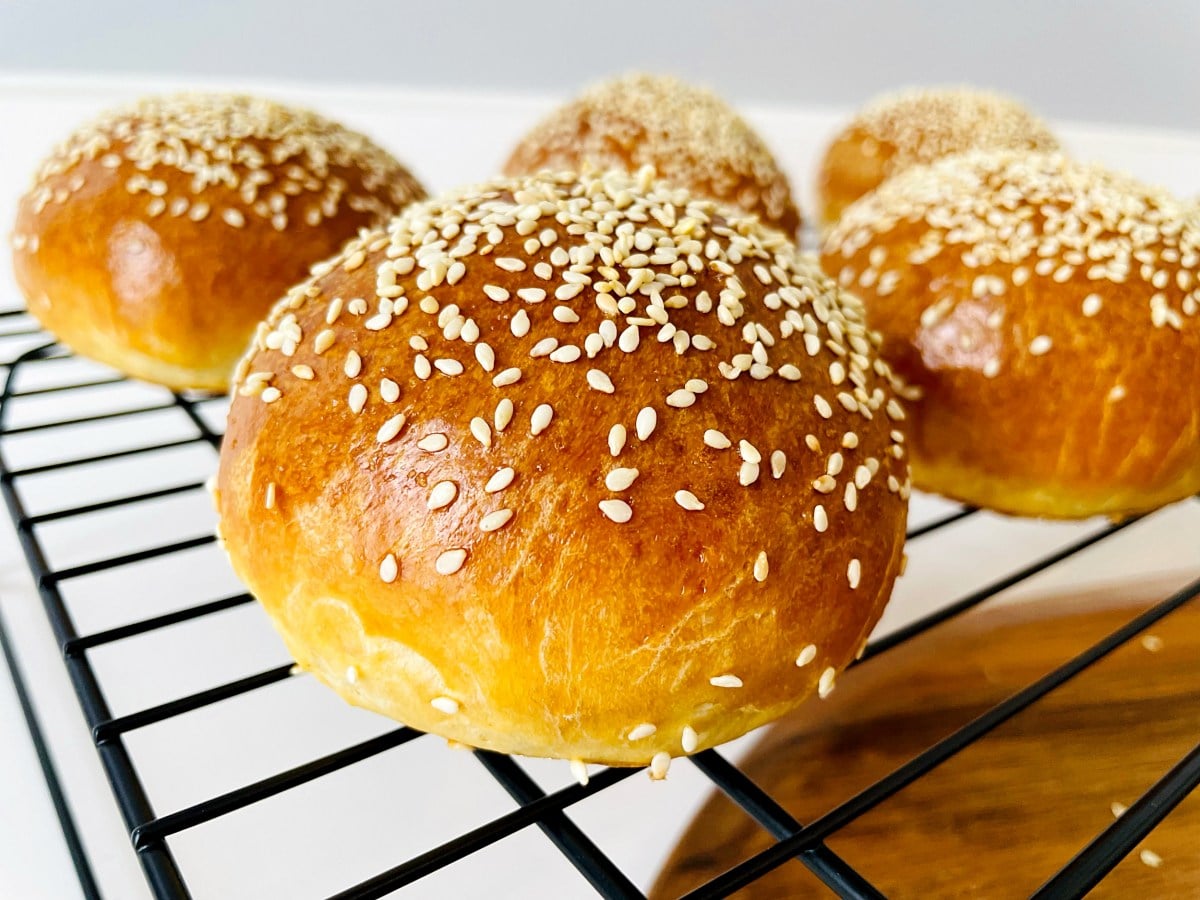
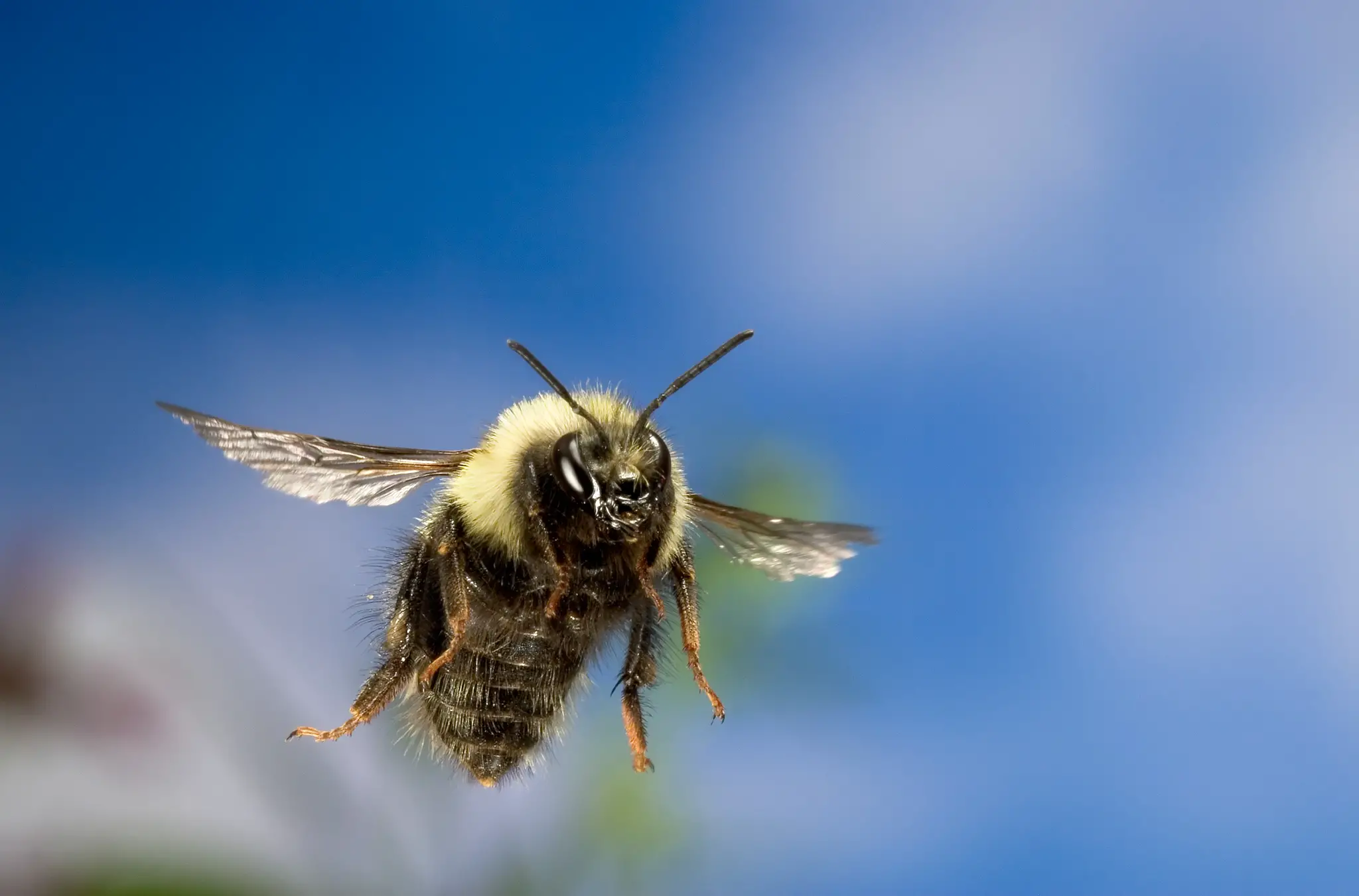
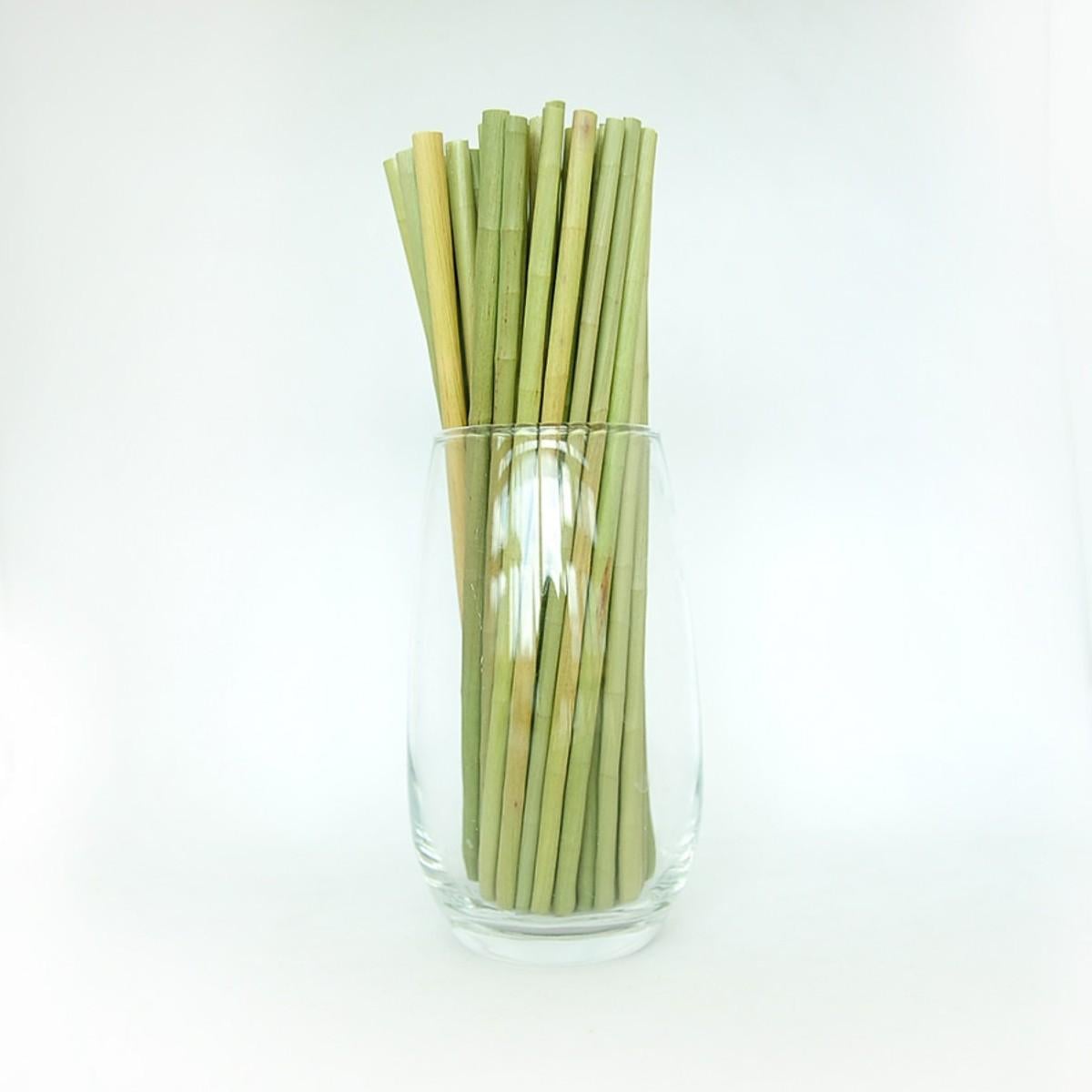
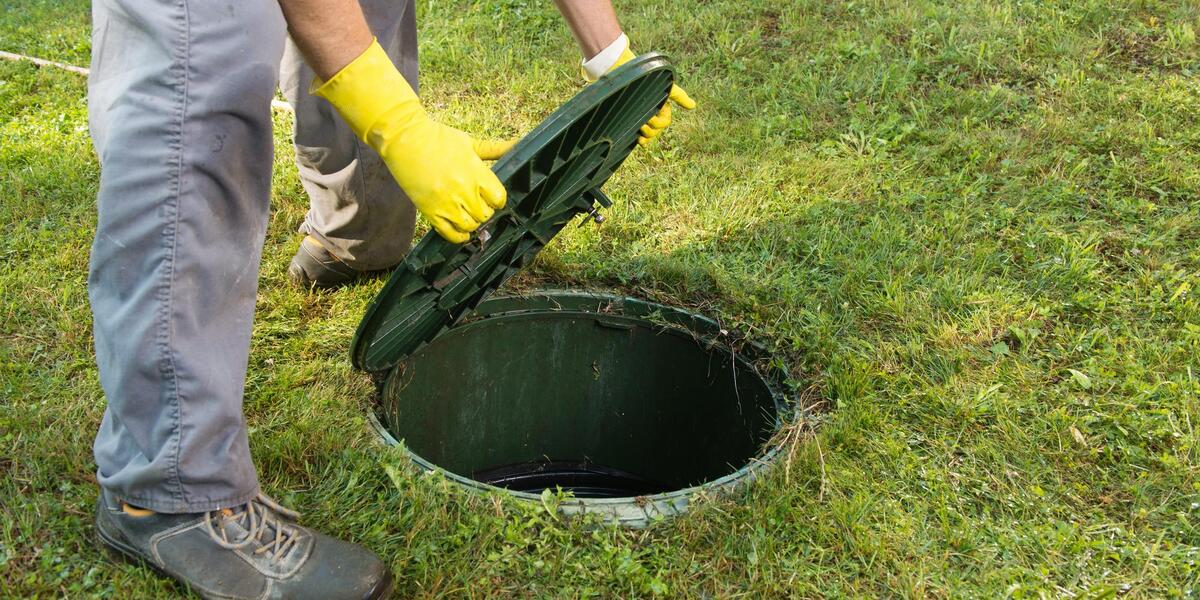
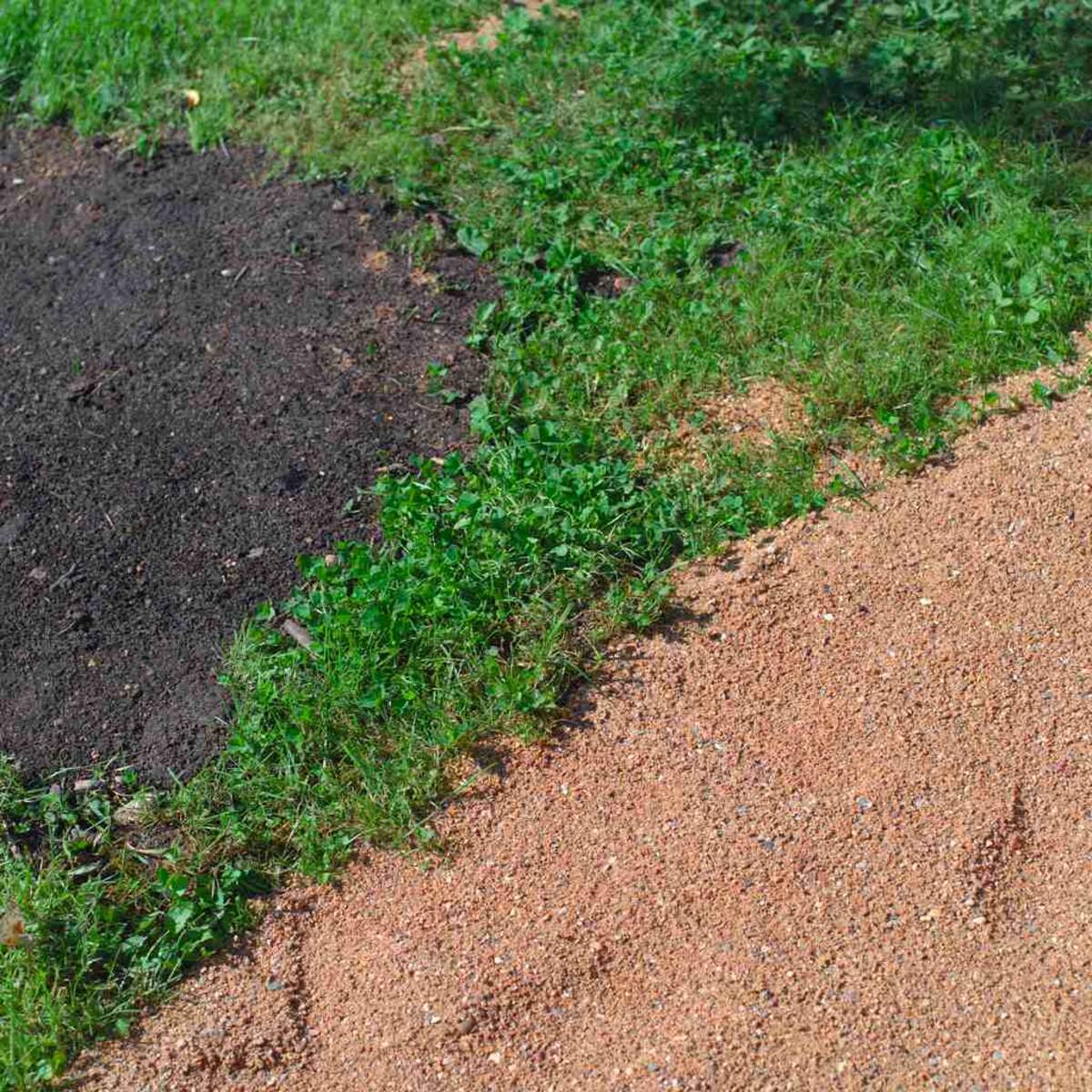
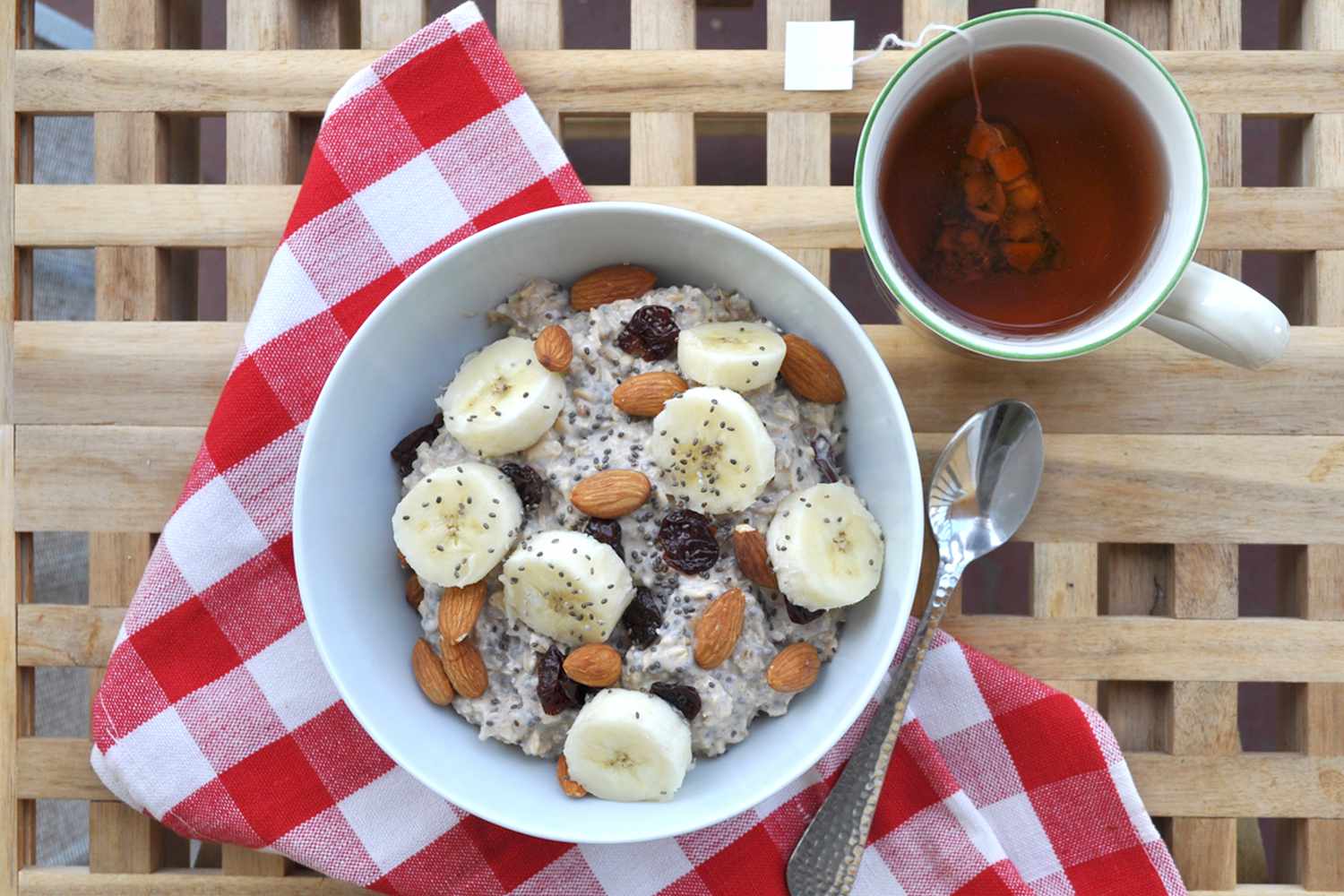
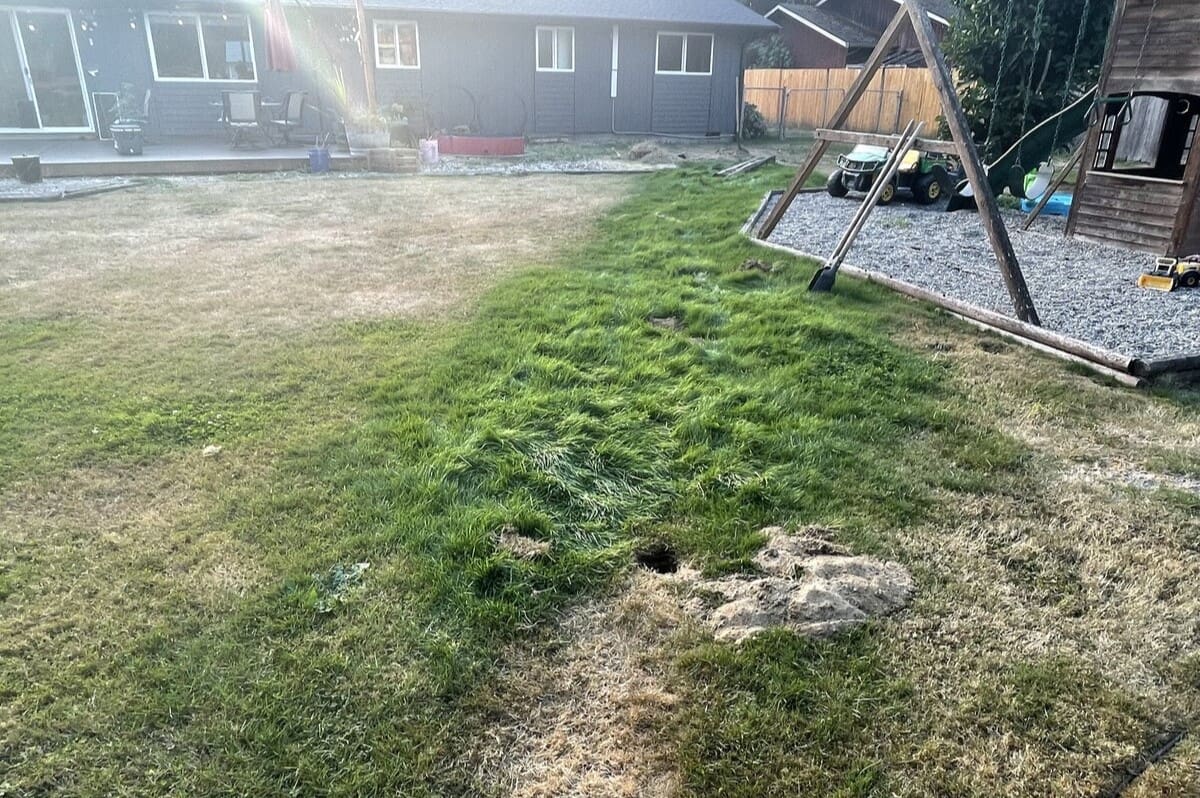

0 thoughts on “Why Is Straw Put Over Grass Seed”